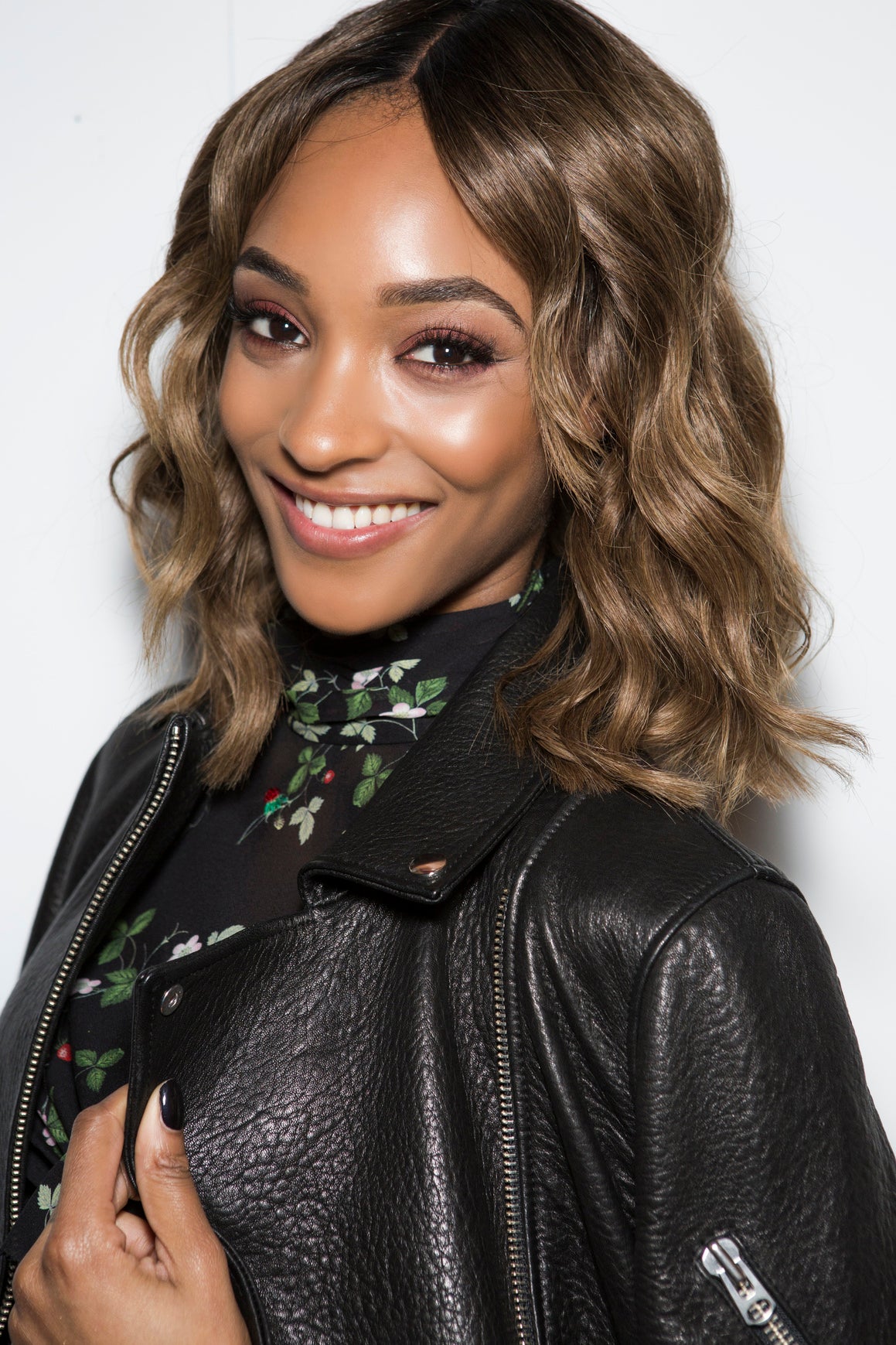
Whether you’re looking to color your entire head or simply add a few highlights, at-home hair color can go south pretty quickly if you aren’t careful. We caught up with Cream of Nature hair colorist, Oliver “The Color King” Adams to get the scoop on five things you should know before coloring your hair at home.
1. Be mindful of the state that your hair is in. Coloring unhealthy hair will only further add to the damage. Adams recommends getting your hair to a “healthy state” before considering color to avoid risking issues with breakage, dryness and brittle hair.
2. Keep track of when you chemically process your hair. It goes without saying that you should be mindful of how frequently you color and when you color. If you are chemically straightening your hair, Adams recommends waiting at least two weeks post-relaxer to color so you are not over processing your hair while it is in a weakened state.
3. Stay away from products with bleach. The at-home hair color kits of today are not the same ones your mom and your grandma once used. Gone are the days of lightening your strands with powder bleach that often resulted in uneven color and overprocessed (and damaged) hair. “Cream of Nature Moisture Rich Hair Color with Shea Butter Conditioner provides multi-dimensional color without stripping your strands of their natural oil. We’ve developed a formula that fortifies your strands leaving them strong and super soft.”
4. Consider your skintone when choosing a color. While you may love Beyoncé’s hair color, it may not be super flattering for your skin tone. Adams recommends looking at photos of hair color that you like and “remixing the color to suit your look.” If you really want to go blonde, but golden blonde is too bright for you, consider leaving your roots a little darker and opting for an ombré look instead. This will keep the warm colors close to your face, so your color doesn’t make you look ashy or washed out.
5. Conduct a strand test. Lastly, and perhaps most importantly, before applying the color, test it on one of your strands first. “This is important to ensure that the color is something you’re willing to commit to,” states Adams. It’s also a good marker to determine whether or not you react well to the product or if you have an intolerance.
Whether you are considering color for the first time, or just experimenting with touching up your roots, it’s always good to consult with your stylist to determine if your hair is healthy enough to color and what shade you should use if you plan to lighten your hair by two shades or more.





